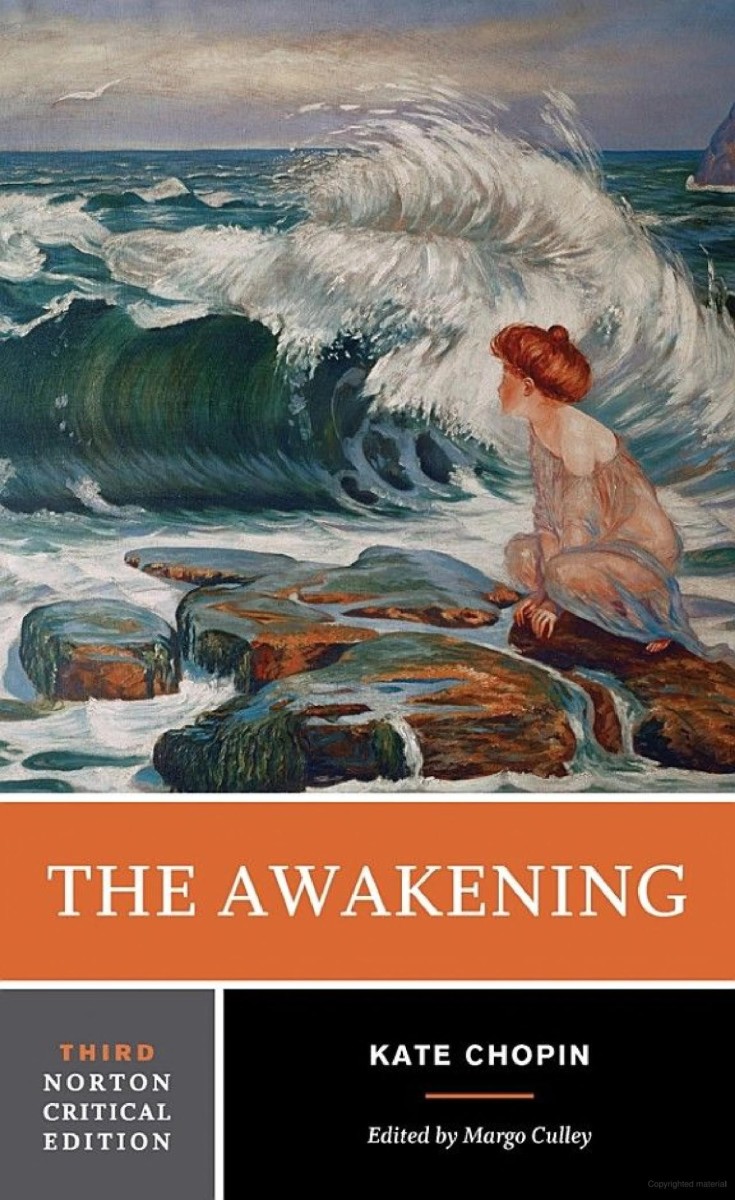Dickinson and Chopin Penetrate the Soul through Their Writings
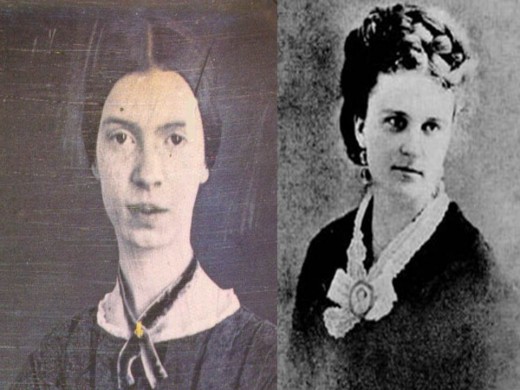
Beauty is in the eye of the beholder
Beauty is in the eye of the beholder as the old saying goes. However, beauty isn’t limited to the images we see. It can also be found in the poetry and writings that readers find dear to their hearts. Two authors in particular, Dickinson and Chopin, possess the gift to imbue their words with life, death, and emotion. They both shared the ability to broach controversial subjects, like death and eroticism, and brought them to the forefront of discussions during their time periods.
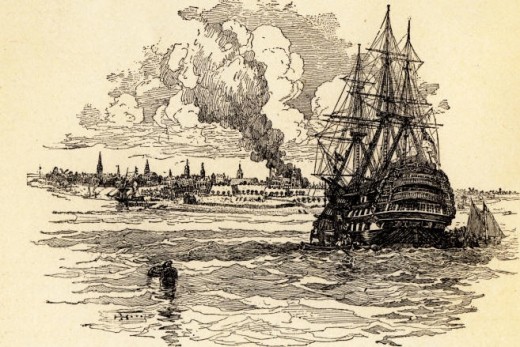
Futile winds
In poem # 249 Dickinson longs for her lover, but sums up how strong her love is in lines five through eight. She writes:
Futile – the Winds –
To a Heart in port -
Done with the Compass –
Done with the Chart! (Lines 5-8)
Dickinson is able to describe in four lines how difficult it is to break your heart free from the one you love. Once your heart is given or captured by someone, it’s there to stay. It becomes a ship at dock, tethered and bound to port. Winds and storms may come, but it will not cause the ship to break away from the bay it’s anchored in. There is no need for charts or compasses because these are the tools for individuals still searching for a place to harbor their love. The poem also speaks to how the heart grows fonder in the absence of a loved one.
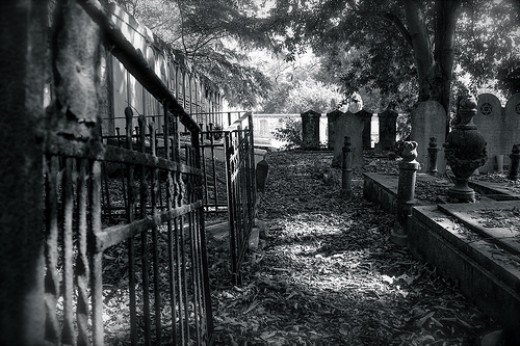
Visage of death
Dickinson writes about another subject she seems very fond of, Death. In poem #258 she writes about the coming of Death and how his arrival is felt. The final stanza gives us her chilling insight:
When it comes, the Landscape listens –
Shadows – hold their breath –
When it goes, ‘Tis like the Distance
On the look of Death (13-16)
Time, space and the environment all bend to the will of Death. Dickinson doesn’t write about nor portray the Grim Reaper in a bad light. She holds the figure in high reverence, recognizing that life cannot exist without death. The author’s description of his presence is so powerful that you feel as if she has met him face to face herself. You can feel the stillness of the air, space and time freezing in place, and the visage of Death looking right at you.
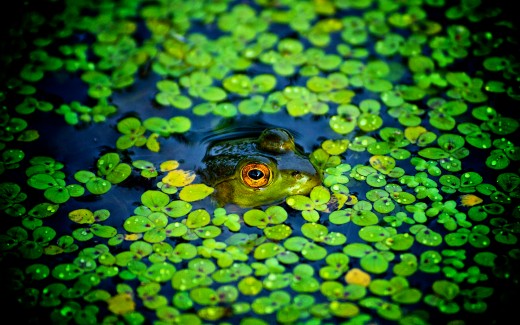
Frogs in a bog
While Dickinson held Death in high esteem, she didn’t seem to feel the same way with certain people in society. She felt that some individuals spent too much time telling everyone else how important they were. In poem #288 she lampoons these people by characterizing them as bullfrogs. In the final stanza she states:
How dreary – to be – Somebody!
How public – like a frog –
To tell one’s name – the livelong June –
To an admiring Bog! (5-8)
Dickinson characterized these obnoxious individuals as bullfrogs because of the behavior of the animal. When one ribbits, it’s answered by another bullfrog in the bog. Before you know it, all the frogs are announcing their presence to each other. When these people announce their greatness to others, it normally causes another overachiever to respond with their own tales of greatness. The poem also demonstrates that although the author is normally recognized for her solemn tone on serious subjects, she was able to find humor from the people around her.
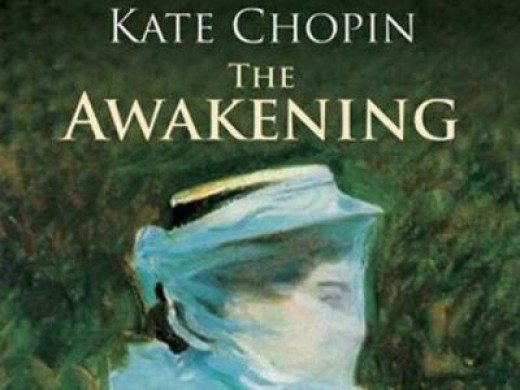
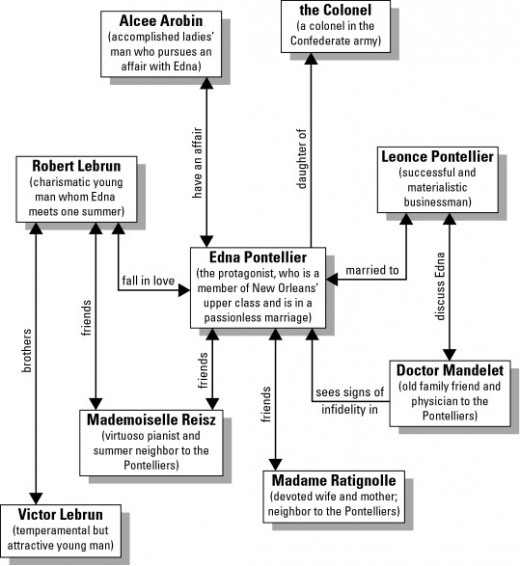
A story about liberation and the consequences of unrequited love
The Awakening by Kate Chopin is a story about liberation and the consequences of unrequited love. The main character Edna Pontellier is in a loveless marriage when she meets Robert Lebrun. After spending time with him she begins to feel emotions that were never felt when she was with her husband. Once Edna learns how to swim she begins to feel liberated and starts acting more independent, much to the annoyance of her husband. Robert leaves suddenly on a trip to Mexico, causing Edna to become more in love with him. While Robert is away she has an affair with a womanizer named Alcee Arobin. During all this she remains in love with Robert and tells him so when he comes back from Mexico. Robert finally reveals that he left for Mexico because of his love for Edna. When it finally seems that they will consummate their love Edna is called away to the sick bed of Madame Ratignolle. When she returns she sees a note from Robert telling her good bye because he loves her. Despondent, she goes to the beach and starts to swim out to the ocean, committing suicide. This is a very brief synopsis of an intriguing story.
Kate Chopin
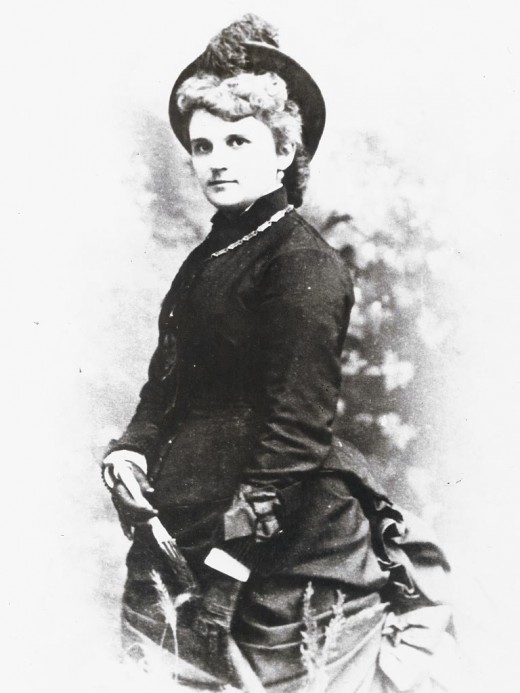
Chopin infuses such emotion into her characters
Chopin infuses such emotion into her characters actions that your heart begins to flutter and ache like Edna’s. Her descriptions of the people and the location of the story cause you to feel the earthy environs of New Orleans. The author writes “There was no sound abroad except the hooting of an owl in the top of a water-oak, and the everlasting voice of the sea, that was not uplifted at that soft hour. It broke like a mournful lullaby upon the night.” (1173). This description instantly transports you to the beach. You can feel the salt breeze gently blow off the ocean and hear the waves lapping on the sand. It’s these tiny details that begin to envelop you into the story. As the story continues we begin to feel the burden that Edna carries in a loveless marriage.
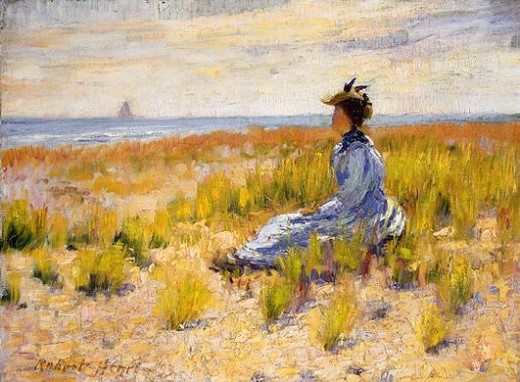
An indescribable oppression
Chopin writes “An indescribable oppression, which seemed to generate in some unfamiliar part of her unconsciousness, filled her whole being with vague anguish. It was like a shadow, like a mist passing across her soul’s summer day.” (1173). The feeling of being trapped in a loveless relationship is similar to the feeling of being buried alive; you begin to suffocate, slowly.
Edna doesn’t succumb to anxiety yet, as Robert begins to loosen the shackles on her heart. The author writes “Sailing . . . Edna felt as if she were being borne away from some anchorage which had held her fast, whose chains had been loosening – had snapped the night before when the mystic spirit was abroad, leaving her free to drift . . .” (1194).
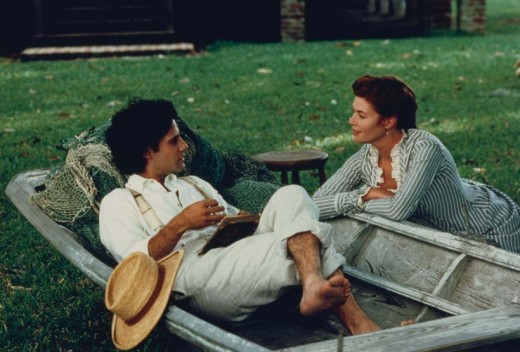
Edna feels liberated
Chopin uses the imagery of ships and confinement to help the reader visualize how trapped Edna felt, then how she slowly began to feel liberated. In another passage of the story we begin to see how Chopin describes Robert’s hold on Edna. Chopin writes “She found in his eyes, when he looked at her for one silent moment, the same tender caress, with an added warmth and entreaty which had not been there before – the same glance which had penetrated to the sleeping places of her soul and awakened them.” (1241).
Chopin’s description of one glance from Robert is extremely powerful, giving the reader the impression that the look was the final blow needed to break open Edna’s heart. Once Robert was ingrained in her soul, it remained etched there, like a hieroglyphic. You can feel Edna’s longing, wanting to have Robert no matter the consequences. In this final passage Chopin again is able to turn a seemingly minor act into an orchestra of emotion. She writes “She leaned over and kissed him – a soft, cool, delicate kiss, whose voluptuous sting penetrated his whole being” (1247).
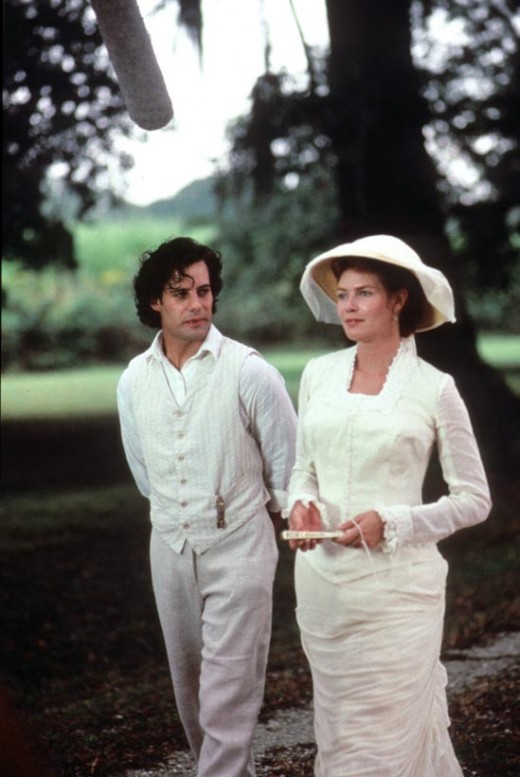
People in trapped marriages
The sensuality of this kiss is intoxicating; you can feel the wave of excitement that must have gone through Robert’s body. Chopin’s ability to magnify the impact of subtle actions is extraordinary. It’s easy to see why people, in particular men, were in an uproar over this story when was published. She had given warning to women feeling trapped in marriages and relationships; get out while you can!
It’s difficult to decide which passages to write about when speaking of Chopin. The works from this author holds a multitude of treasures in which to choose from. Her works also speak to the emotions and personal interactions which ring true to this day. Thankfully, she placed her view and thoughts on these experiences for the untold masses to enjoy.
Works Cited
Works Cited
Chopin, Kate. “The Awakening.” The American Tradition In Literature. Ed. George Perkins, Barbara Perkins. McGraw-Hill, 2002. 1173 – 1241.
Dickinson, Emily. “#249.” The American Tradition In Literature. Ed. George Perkins, Barbara Perkins. McGraw-Hill. 2002. 959.
- - - “280.” The American Tradition In Literature. Ed. George Perkins, Barbara Perkins. McGraw Hill. 2002. 960.
- - - “288.” The American Tradition In Literature. Ed. George Perkins,
Barbara Perkins. McGraw Hill. 2002. 961.
© 2010 Augustine A. Zavala

